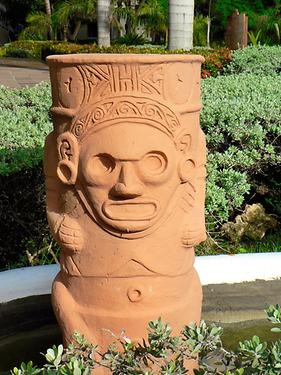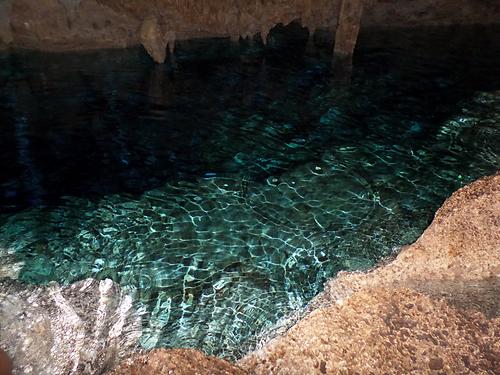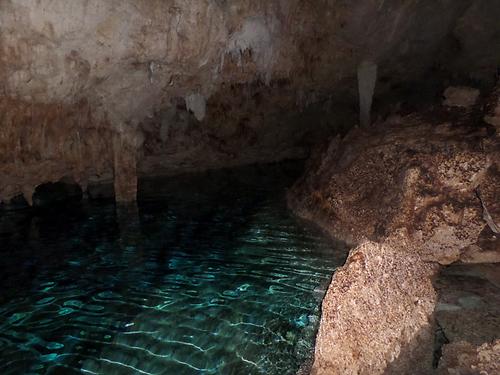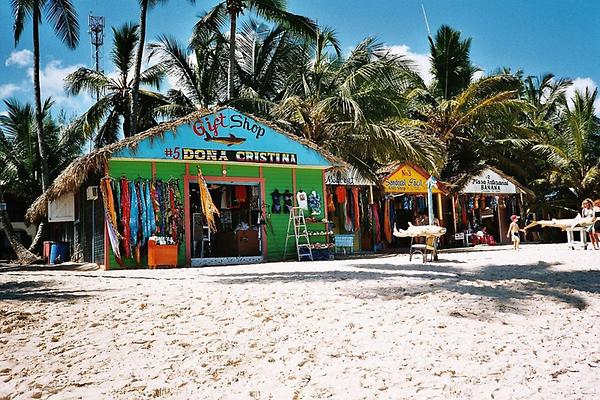Dominican Republic #
Inhaltsverzeichnis
General#
The Dominican Republic Dominican Republic is a sovereign state occupying the eastern two-thirds of the island of Hispaniola, in the Greater Antilles archipelago in the Caribbean region. The western one-third of the island is occupied by the nation of Haiti, making Hispaniola one of two Caribbean islands, along with Saint Martin, that are shared by two countries. The Dominican Republic is the second-largest Caribbean nation by area (after Cuba) at 48,445 square kilometres (18,705 sq mi), and 3rd by population with 10.08 million people, of which approximately three million live in the metropolitan area of Santo Domingo, the capital city.Punta Cana #
Punta Cana Punta Cana area has an estimated population of 50,000, with an annual growth rate of 6%. To the north, it borders the village and beach of Cabeza de Toro, and the Bávaro and El Cortecito beaches. The province’s 100-kilometre (62 mi) coastline tends to be mildly windy. The ocean waters are mainly shallows, with several natural marine pools in which visitors can bathe without danger. From north to south, the main beaches are Uvero Alto, Macao, Arena Gorda, Bávaro, El Cortecito, Las Corales and Cabeza de Toro, all north of the cape; and Cabo Engaño, Punta Cana and Juanillo south of the cape.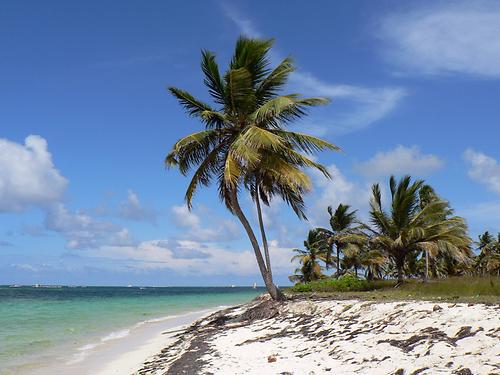
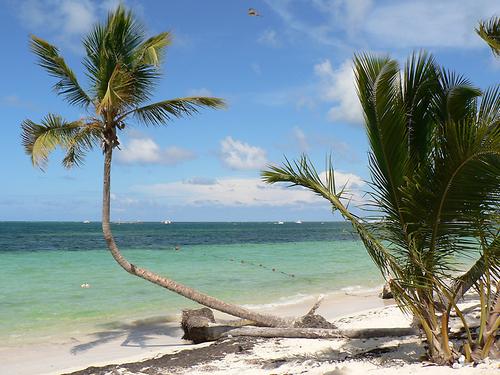
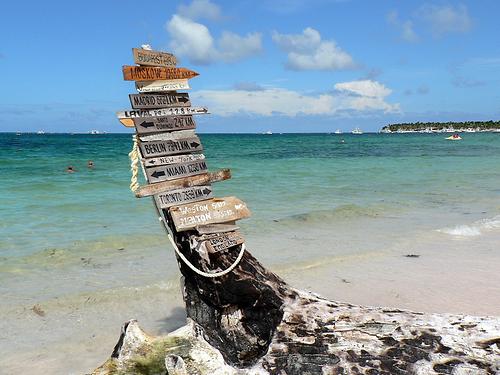
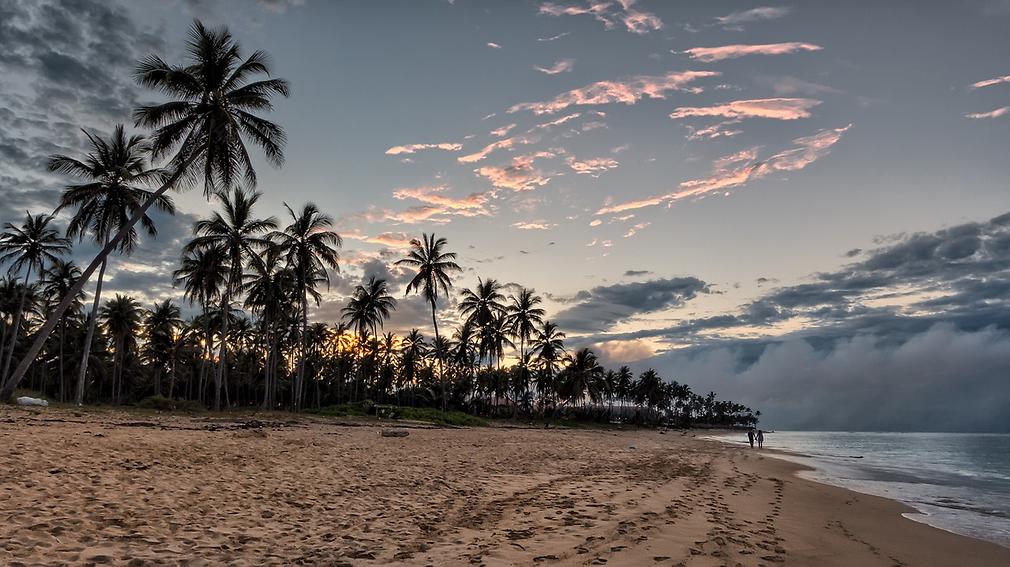
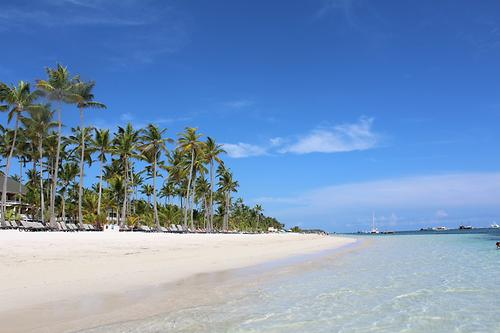
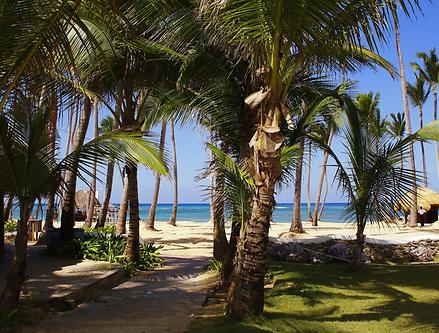
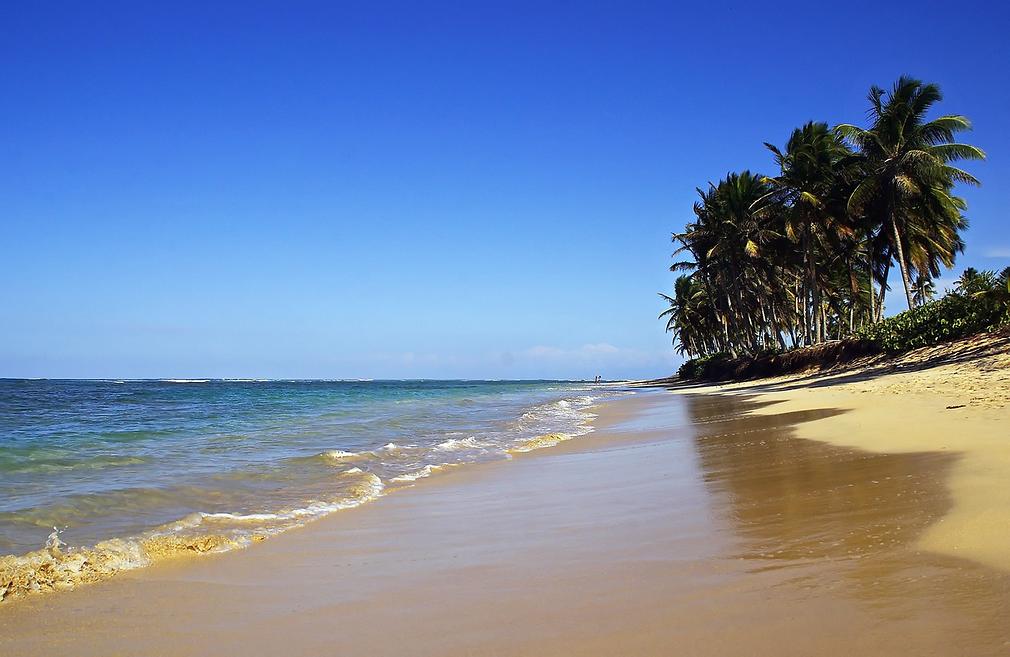
La Romana#
La Romana La Romana is the seventh-largest city in the Dominican Republic with a population estimated in 2010 at 130,426 within the city limits (metropolitan population: 214,109), of whom 127,623 are urban and 2,803 are rural. The city is capital of the southeastern province of La Romana, opposite Catalina Island. The name Romana comes from a balance that was used to weigh merchandise for export. Santa Rosa de Lima is the patron saint of La Romana.The city of La Romana was founded in 1897 as an oil town. After 1917 with the construction of a large sugar-mill (owned by Italian immigrants in the region of Rome, Lazio) the economy quickly shifted to sugar production. The commissioning of the sugar mill coincided with the rise in sugar prices worldwide, prompting the sugar industry to welcome workers from other parts of the country, many poor families from the Dominican interior moved to La Romana in search of a better life.
In early 1960, Gulf and Western Industries, Inc. purchased the sugar mill and started to invest in the livestock industry which was cemented in the province. Meanwhile, $20 million were invested to rebuild La Romana and build schools, clinics, housing and other infrastructure for workers.
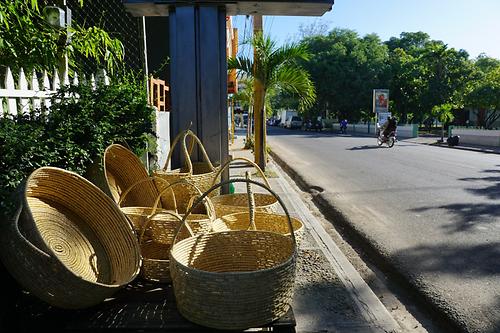
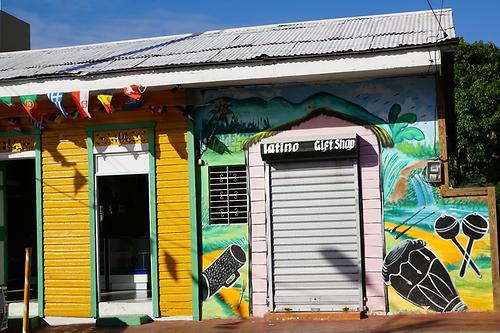
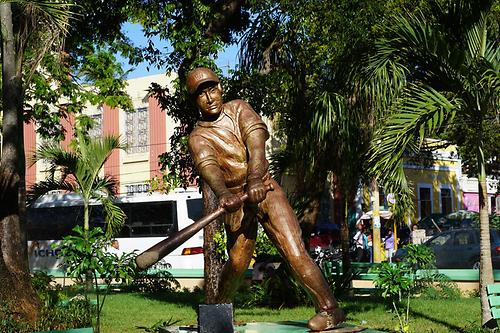
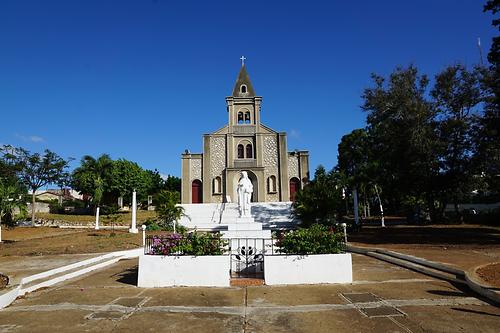
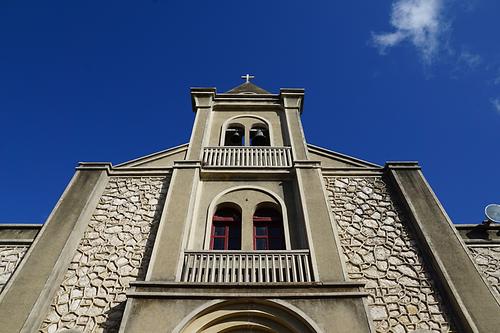
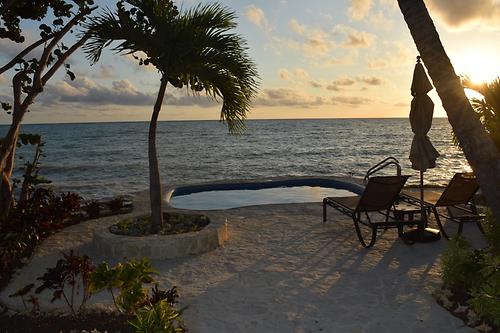
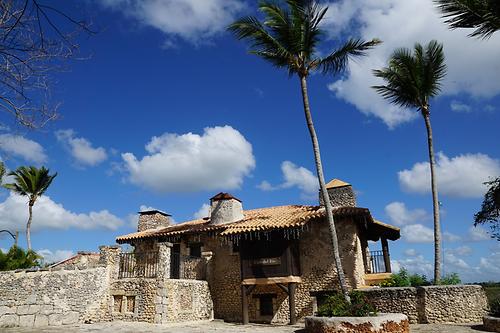

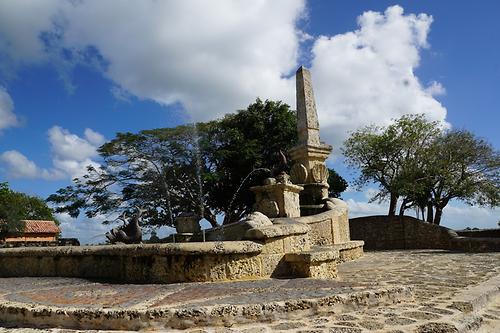
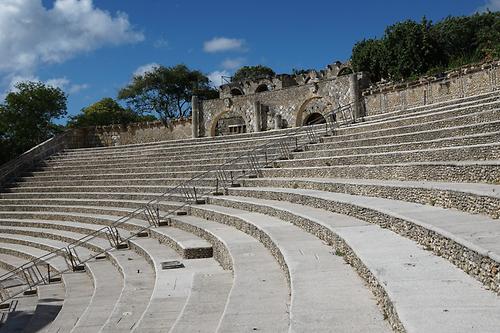
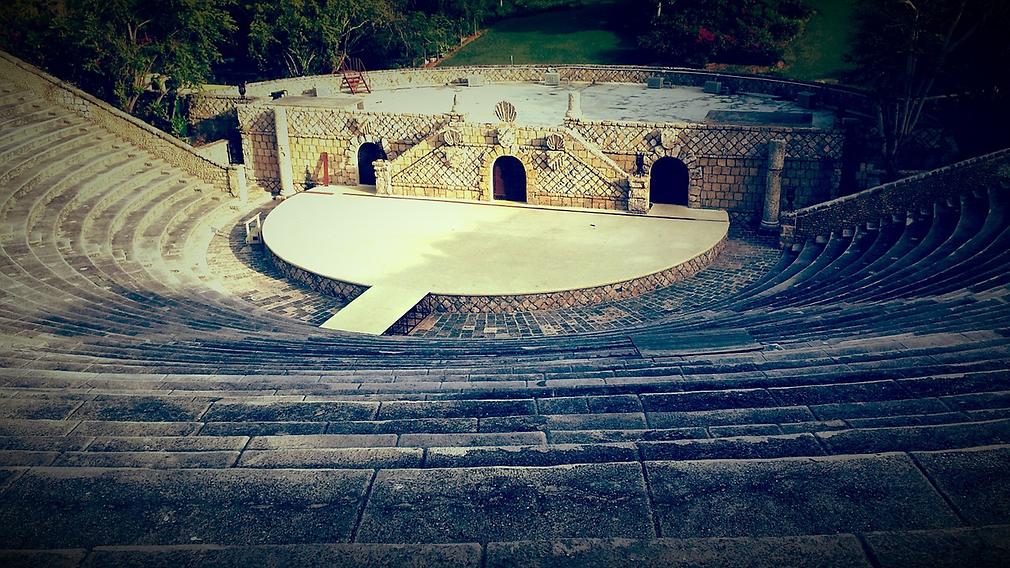
Bayahibe#
Bayahibe Bayahibe is a town in the Dominican Republic, located about 10 miles (16 km) east of La Romana on the shore of the Caribbean Sea. Founded as a fishing village in 1874 by Juan Brito and his family, who came from Puerto Rico, the town is now a tourist destination. Bayahíbe Beach, a public beach, is located less than a mile from the town center, and Dominicus Beach is in about three miles distance. Bayahíbe serves as an embarkation point for boat trips to Saona Island, a thinly inhabited island with extensive beaches located in a national park. In the vicinity of Bayahíbe and Dominicus Beach, numerous large resorts are located
